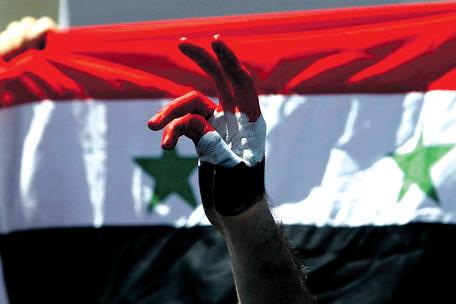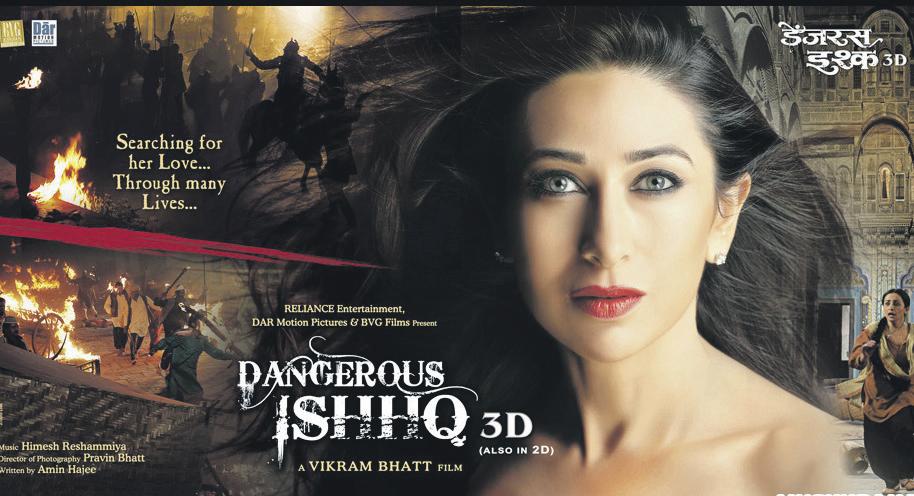
3 minute read
Social media exposes Syria
from 2012-06 Sydney (1)
by Indian Link
By RITAM MITRA

The brutality of the Syrian regime has come to the forefront of global media in the past month, as Bashar al-Assad refuses to loosen his stranglehold on the country. Social media is awash with opinion and outrage over the blatant disregard for human life that has transpired in Syria, and it is purely misinformation that seems to be the primary defence for the Syrian government.
The background of the terror is crucial to establishing the violent context in which this regime operates. The Syrian uprising is part of the Arab Spring, a series of revolutionary protests and demonstrations that have engulfed the Arab world, beginning on 18 December 2010. Rulers have been forced from power in Tunisia, Egypt, Libya and Yemen, and the civil unrest in Syria is but one of several in the region.

Public demonstrations against the Assad regime began at the start of 2011, as protestors sought an end to nearly five decades of Ba’ath Party rule. The Syrian government reportedly deployed military units to quell the uprising, and it is clear that the problem merely escalated further. The situation now is dire. There have been up to 18,700 casualties, as well as tens of thousands of imprisoned protestors. Many of the victims were children.
Although the dangerous situation in Syria has been escalating for over a year now, affairs reached a climax late last month when on May 26, two days before Kofi Annan, the UN-Arab League envoy to Syria flew in for scheduled peace talks with Assad. On this day 108 civilians were massacred in the town of Houla, through mainly execution-style killings, but also with the use of heavy artillery.
Many survivors and witnesses claim the attacks were conducted using tanks, to which only the government’s military have access. Scarcely believable stories have emerged in the media, such as those of a boy, 11, smearing himself in his brother’s blood and playing dead so as to escape pro-Assad gunmen who, minutes before, shot dead his mother and two siblings. As the boy faked being dead, the gunmen took three televisions and a computer from the home, before shooting dead his uncle and father outside.

The Syrian media, however, reportedly refutes the 108 civilian count as a mere UN exaggeration, while asserting that the killings were a fabrication by terrorist groups affiliated with Al-Qaeda. A common theme, however, of all the conflicts that have made up the Arab Spring, seems to be the use of social media – as a means of communication between both civilians and the terrorist groups themselves.
Social media widely considers the poor standard of life many countries in the Middle East are forced to accept. However, what is often overlooked is how purely desensitised all those civilians are to death, blood, and gore. A recent video uploaded by ‘Syrian Scenes’ on YouTube highlights this.
Reportedly filmed by members of the Free Syrian Army, a group of insurgents formed primarily by civilians and army defectors, the video features a room filled with the bodies of dead children, supposedly from the Houla massacre. A man gestures to the camera in a wild rage, picking up the bodies of each of the children in a way that would be considered disrespectful if it were not for the outrage in his voice. He demands to know why the world is ignoring the crimes of Assad, and asks of the cameraman, “What did this child do? Why him?”, as he picks up and displays the mangled and bloodied bodies of just a few of the dozens of children that lay strewn across the ground. Several other videos show bodies being recovered from mass graves, as well as recordings of rooms full of dead and injured men, women and children.
The crisis has now reached a point where it is not even necessary to venture any claims regarding the perpetrators of massacres such as Houla. It is easy to establish an armchair opinion while we are fed immense amounts of information from the global media, where it is assumed Assad’s regime is purely at fault. However, wherever civilian casualties are this widespread and commonplace, whether the perpetrator is a government or a terrorist group is neither here nor there.
Social media, such as YouTube and Facebook have brought these atrocities to the forefront of a new generation. As those currently governing countries across the world begin handing power down to Generations Y and Z, the power of the internet will be truly realised. Never before have youths been so conscious of a global community – and never before has the world been such a small place. It will be fascinating to see how differently the world operates when it is run by those who know that they are part of a bigger picture.
This is not to say power will never be abused in the years ahead. It may well be the case that social media makes regimes of terror such as Assad’s all the more potent. In a world obsessed with immediate information, however, it is all about awareness, and it is only through awareness that Syria will be able to begin the long and arduous process towards normality.
Eleven countries including Australia, have now expelled Syrian diplomats from their shores. Whatever does lie ahead, the world is in a somewhat unprecedented state of outrage. There have been countless horrific events similar to the ones taking place in Syria throughout the course of human history – but the Syrian massacres come in a completely different context to a completely different global population. It can only be a good thing.









